Explosive Growth of Metal Additive Manufacturing
by Philip Huerta February 1, 2016
Growth. The high growth in the 3D Printing industry will continue. And the more generic term of Additive Manufacturing (AM) might become more appropriate going forward, partly due to the phenomenal growth in metal AM or 3D printing of metals (the terms will be used interchangeable in this blog). The printing of metal alloys will revolutionize the metal manufacturing industry due to the inherent advantages discussed herein. The current materials in 3D printing industry to date have been largely plastics and organic compounds, but the demand for stronger parts especially in the defense, aerospace, and medical industries have spurred this explosive growth in the 3D metal printing technologies.
The 2015 Wohler Report (yearly report on the 3D printing industry) states that there have been more advances in the material and science and production of metal printing in the past 10 years than there have been for plastics in the past 20 years.1 SmarTech Markets Publishing, an industry research group, predicts that metal 3D-printing is expected to lead 3D printing into the 21st century. Their research indicates that metal printing machines sales grew a whopping 89 percent over the past year, the primary driver being the maturation of metal 3D printing technologies from an “R&D” style of use to a more regular production of end-use components.2 The technologies of 3D printing are indeed getting more fascinating and the materials used are increasing everyday –stainless steels, aluminum, cobalt, titanium and other metal alloys.
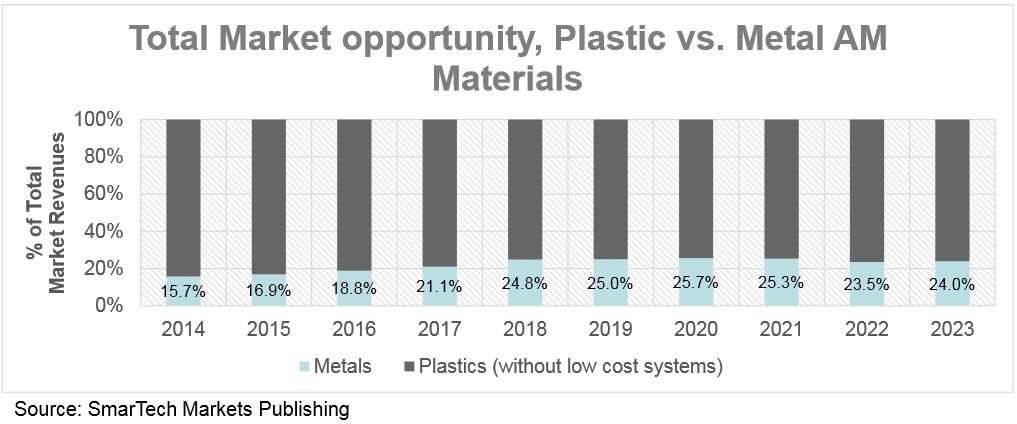
Processes. The processes for 3D printing metals for slightly different than printing plastics although it is similarly performed layer by layer basis based on the 3D geometry. Typically there is a powder bed and thermal energy selectively fuses the powder for each layer. The bed drops down allowing the subsequent layer to print. The processes that generally conform to this include Selective Laser Sintering, Selective Laser Melting, Direct Metal Laser Sintering, and Electron Beam Melting. Some of these are further discussed below.
Direct Metal Laser Sintering (DMLS). This is a very effective method to build objects out of almost any metal alloy. The machine spreads a very thin layer of metal powder across the print surface and a laser then traces the geometry for that layer, thus sintering the powder. 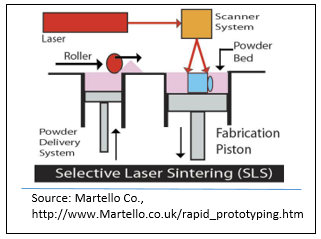 The particles are fused together but the energy is not sufficient to actually melt the powder. The process is repeated until all the layers are complete and the part is finished. Then it is allowed to cool and removed from the chamber. This produces strong parts free of residual stresses and internal defects. This is an advantage over conventionally machined parts that need to be heat treated to remove residual stresses.3
The particles are fused together but the energy is not sufficient to actually melt the powder. The process is repeated until all the layers are complete and the part is finished. Then it is allowed to cool and removed from the chamber. This produces strong parts free of residual stresses and internal defects. This is an advantage over conventionally machined parts that need to be heat treated to remove residual stresses.3
Selective Laser Melting (SLM). This process is similar to DMLS; however, a high-powered laser full melts each layer of metal powder rather than just sintering it. This produces extremely strong and dense parts. The candidate materials compatible with the SLM process are narrowed down to the ones that have the correct flow characteristics, but still included a variety of metals such as stainless steel, titanium, cobalt chrome, and tool steels. The fact that this is a high energy process and that the metal powder must be heated above the melting temperature can also present some challenges but private and public institutions continue to investigate and improve the process.3
Electron Beam Melting (EBM). This process is similar to SLM but utilizes an electron beam to melt the metal powder under a full vacuum. It produces parts that are very dense. This method can only be used with a limited number of materials, mainly titanium alloys but can also be used with cobalt chrome. This method is primarily used for the aerospace industry.
Materials. Materials utilized in 3D metal printing in clude stainless steels, cobalt chrome, titanium, tool steel, and other metal alloys. Titanium, however, seems to be emerging as a sought after material for Metal AM due to its desirable properties such as its high strength to weight ratio, biological inertness, corrosion resistance, and other excellent mechanical properties. The challenge being addressed by the industry is reducing the cost of these powdered metals.
Industries. The 3D metal printing is now involved with many industries, but the predominant use has been in the aerospace, defense, and medical arenas. The automotive market, though, is also increasing its use of metal AM manufacturing.
Components used in the defense and aerospace industry must be strong, durable, and above all – reliable because failure can put lives at risk. The components must often withstand the harsh environmental conditions, loads, and vibrations. As an example, the army AM manufactured the mount for a camera gunsight on the A1 Abrams and Bradley fighting vehicles. The manufacturer, EOIR Technology was able to manufacture the mounts to be durable enough for use on these tanks. In addition, they reduced the cost from $100,000 per unit to under $40,000.4
General Electric’s aviation division is experimenting with 3D metal printing a fuel nozzle for a new aircraft engine, rather than casting or welding. The 3D printed nozzles are to be used in its LEAP jet engine, each of which will use 10 to 20 nozzles. GE engineers continue to explore a wider range of metal alloys and making a single part with multiple alloys, tailoring its material characteristics; for example, AM manufacturing a turbine blade with different materials so that one end is optimized for strength and the other for heat resistance.5
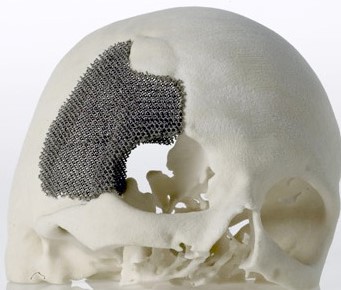 The medical industry is experimenting with metal AM for the fabrication of orthopedic implants such as hips, knees, shoulder implants, and dental crowns. Surgeons see the advantages such as biocompatible metal powders, flexibility to create customized metal implants, and better mechanical properties to include the desired porosity and modulus to match the human bone properties. These benefits lead to fewer downside effects and faster patient recovery. Surgeons are already seeing lower costs and reduction of long lead times for numerous orthopedic implants.6
The medical industry is experimenting with metal AM for the fabrication of orthopedic implants such as hips, knees, shoulder implants, and dental crowns. Surgeons see the advantages such as biocompatible metal powders, flexibility to create customized metal implants, and better mechanical properties to include the desired porosity and modulus to match the human bone properties. These benefits lead to fewer downside effects and faster patient recovery. Surgeons are already seeing lower costs and reduction of long lead times for numerous orthopedic implants.6
Suppliers. Companies involved in metal AM include SLM Solutions, ConceptLaser, EOS, Arcam, Phenix, Renishaw, Realizer, and others. Some of these suppliers and their machines are briefly described below.
 Electro Optical Systems (EOS). This company from Germany is at the forefront of building machines that print metal end-use products, not just prototypes. Their flagship machine is the EOSINT M290 which uses the laser sintering process. It has a print volume of 250 x 250 x 325mm and with its 400W laser can print a wide range of materials from light metals to stainless and tool steel to super alloys – tool-free manufacturing .
Electro Optical Systems (EOS). This company from Germany is at the forefront of building machines that print metal end-use products, not just prototypes. Their flagship machine is the EOSINT M290 which uses the laser sintering process. It has a print volume of 250 x 250 x 325mm and with its 400W laser can print a wide range of materials from light metals to stainless and tool steel to super alloys – tool-free manufacturing .
 Arcam. This company from Sweden is, likewise, at the forefront of building machines that print metal end-use products. They began with the EBM process and has two main machines – the Q10 for smaller applications, and the Q20 for larger components such as turbine blades and structural airframe components. It as a build envelope of 350mm diameter x 380mm. It uses an electron beam gun for higher productivity and improved resolution.
Arcam. This company from Sweden is, likewise, at the forefront of building machines that print metal end-use products. They began with the EBM process and has two main machines – the Q10 for smaller applications, and the Q20 for larger components such as turbine blades and structural airframe components. It as a build envelope of 350mm diameter x 380mm. It uses an electron beam gun for higher productivity and improved resolution.
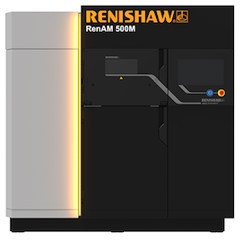 Renishaw. The RenAM 500M is a laser powder bed fusion AM system designed for factory floor production. It has a high powered 500W ytterbium fibre laser laser for metal melting and a high level of automation, reducing the need for manual handling. The system build volume is 250 x 250 x 350mm. It has a higher level of automation compared to its sister platforms, the AM250 and AM400.
Renishaw. The RenAM 500M is a laser powder bed fusion AM system designed for factory floor production. It has a high powered 500W ytterbium fibre laser laser for metal melting and a high level of automation, reducing the need for manual handling. The system build volume is 250 x 250 x 350mm. It has a higher level of automation compared to its sister platforms, the AM250 and AM400.
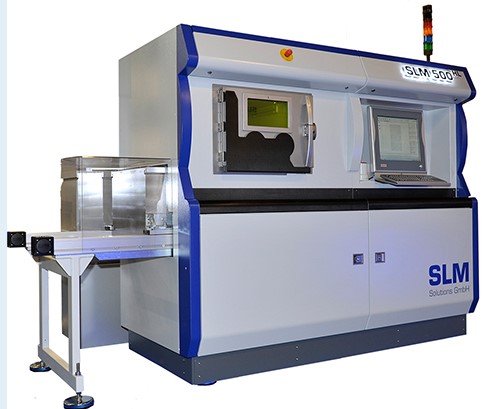 SLM Solutions. Unveiled the SLM 500 HL Selective laser melting machine that supports fast and flexible metal part production for aerospace, automotive, energy and medical industries . It utilizes a unique double 400W fibre laser beam technology which may be used independently or simultaneously to increase productivity. The build envelop in 500 x 280 x 365mm.
SLM Solutions. Unveiled the SLM 500 HL Selective laser melting machine that supports fast and flexible metal part production for aerospace, automotive, energy and medical industries . It utilizes a unique double 400W fibre laser beam technology which may be used independently or simultaneously to increase productivity. The build envelop in 500 x 280 x 365mm.
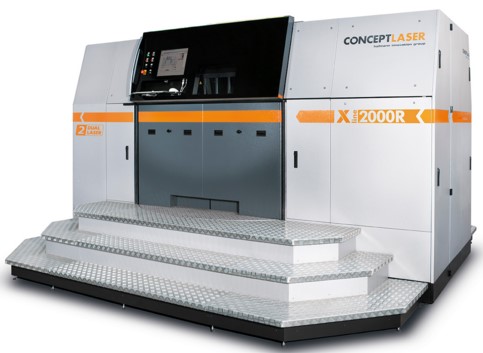 ConceptLaser. This German company has the largest selective laser metal 3D printer in the world, the X line 2000R. It is primarily used in the aerospace and automation industries (Airbus is one of their largest customers). The build volume is 160 liters, or 800 x 400 x 500mm which is 2-3 times larger than that offered by their competitors with laser melting metal 3D printing capabilities. It has a dual laser system, with each ray offering 1000 watts of power for increased build speed. The option for two build modules further ensures maximum productivity, allowing the operator to set up the next job while the first build is still in progress.
ConceptLaser. This German company has the largest selective laser metal 3D printer in the world, the X line 2000R. It is primarily used in the aerospace and automation industries (Airbus is one of their largest customers). The build volume is 160 liters, or 800 x 400 x 500mm which is 2-3 times larger than that offered by their competitors with laser melting metal 3D printing capabilities. It has a dual laser system, with each ray offering 1000 watts of power for increased build speed. The option for two build modules further ensures maximum productivity, allowing the operator to set up the next job while the first build is still in progress.
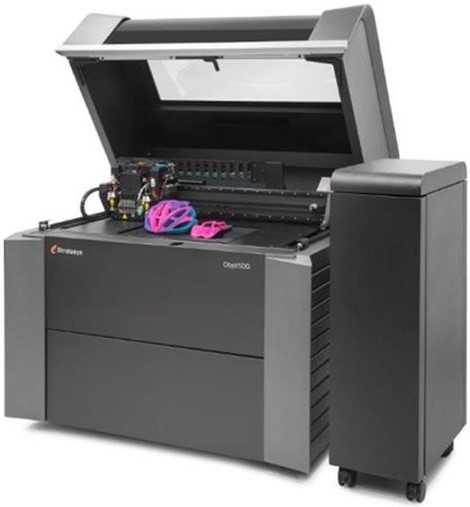 Xjet. The Israel-based start-up is developing and manufacturing the world’s first direct 3D metal jetting system in 2016, using a patented NanoParticle Jetting technology (NPJ). They predict unequalled accuracy, fine detail and surface finish along with a new level of throughput and speed. Xjet predicts that this technology will do to the metal printing industry what the Objet Polyjet technology did to polymers.7
Xjet. The Israel-based start-up is developing and manufacturing the world’s first direct 3D metal jetting system in 2016, using a patented NanoParticle Jetting technology (NPJ). They predict unequalled accuracy, fine detail and surface finish along with a new level of throughput and speed. Xjet predicts that this technology will do to the metal printing industry what the Objet Polyjet technology did to polymers.7
Future. The explosive growth of 3D metal printing will continue. It will revolutionizing the world of manufacturing. Companies are seeing the benefits of producing prototypes quickly and still meet the harsh requirements of the defense, aerospace, medical, automotive, and aircraft industries. Cost is a factor but as the printing techniques continue to develop and the cost of the materials continues to drop, 3D metal printing will play a greater world in metal manufacturing. Already, manufacturers are seeing significant cost reductions especially in complex, customized components. Other benefits they see are the reduction of specialized machines for milling and finishing the metal object and the elimination of post-production heat treatments. The metal AM industry will become a disruptive force I the world of rapid prototyping and manufacturing. Innovation will continue to develop new materials, and streamline processes. There are several manufacturers experimenting with liquid metals, metal jetting, and others. Metal AM will continue to evolve rapidly and there will be a push for on-demand parts at the point of use, thereby creating the need for more streamline, efficient, cost effective in-house machines. Metal AM will continue is phenomenal growth for 2016 and beyond.
References:
- Wohler Report, 2015
- Metal Additive Manufacturing Market Continues Rapid Expansion, 3Dprinting.com, Scott Dunham, May 13, 2015.
- DMLS vs. SLM: 3D Printing for Metal Manufacturing, Accutek’s Blog, Rob Long, August, 2014.
- Tough Enough for Armored Tanks, EOIR Technology, John Moulton
- Additive Manufacturing GE the World’s Largest Manufacturer, MIT Technology Review, Martin LaMonica, April 23, 2013.
- A Look at Metal 3D Printing and the Medical Implants Industry, 3DPrint.com, Alban Leandri, March 20, 2015.
- World’s First Inkjet Metal 3D Printer to Launch in 2016, The Motley Fool, Beth McKenna, November 21, 2015.

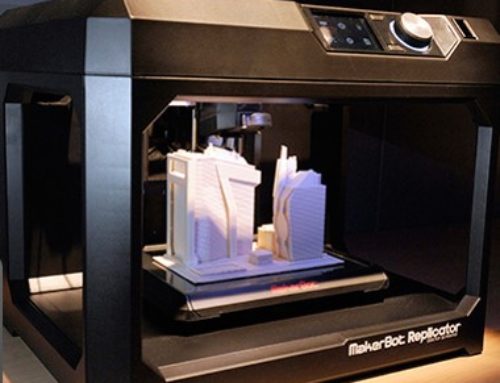
Leave A Comment